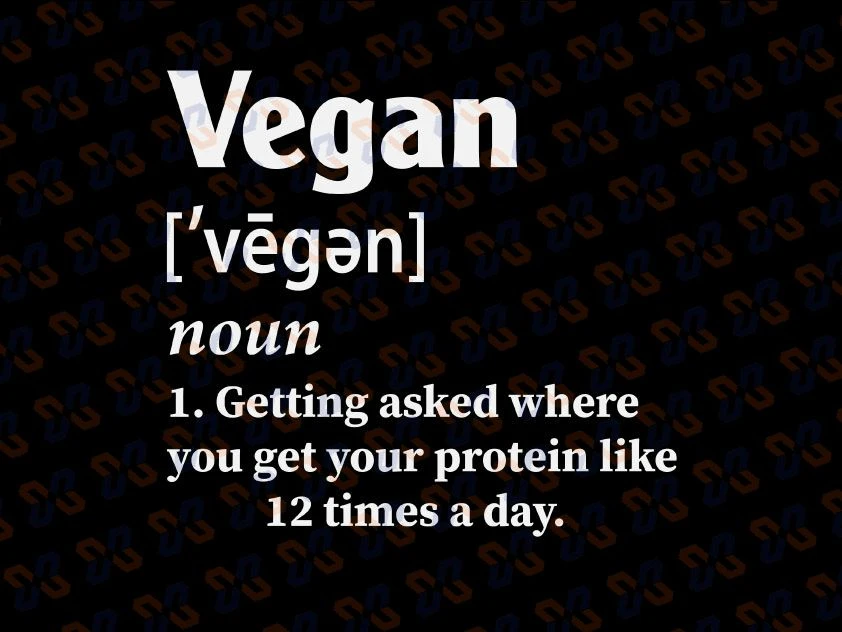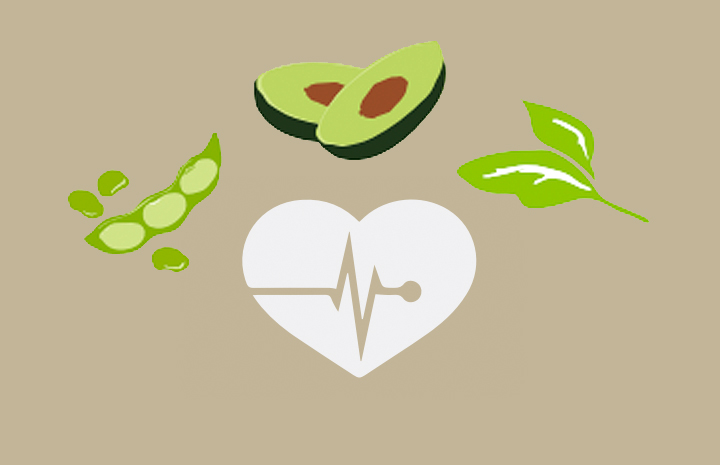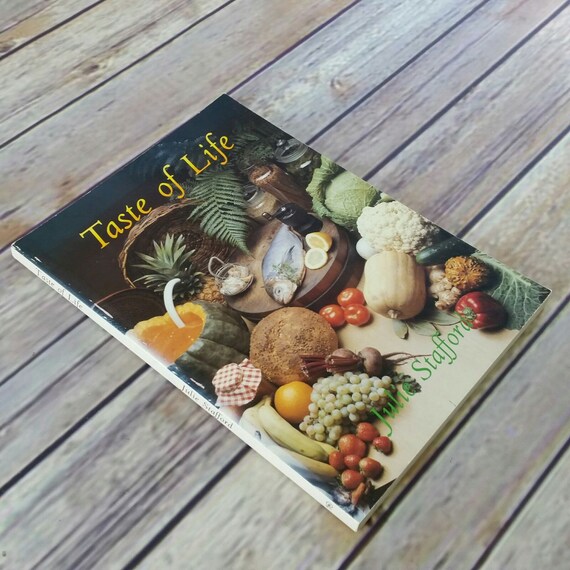
MyPlate's food groups will help you, no matter if you're just starting to eat healthier or if your looking for ways to improve your eating habits. This guide will help you learn about the foods you eat, their nutrients, and how much you should be eating. To learn more about each group's contribution to healthy eating habits, you can visit the ChooseMyPlate site. This website has detailed guidelines for good nutrition and personalized tools to help you track your own eating habits.
Grains include foods made of grains like whole grain bread, brown rice, or oatmeal. These foods are high in fiber and complex carbohydrates. They are also rich in B vitamins, which aid the body to produce energy and maintain nerves and blood cells. They also provide vitamin E, which is important for the skin and the nervous system.
The fruits and vegetables group is represented by the green portion of the MyPlate design. You can freeze, can, can, or dry fruits. They are rich in fiber and other nutrients. They are also good sources of vitamins A, C. Vitamins A and C help the body heal wounds and grow new cells. These nutrients are crucial for healthy eyes and skin.

The purple portion on the MyPlate design is representative of the Protein Group. You can get protein from both animal and plant sources. Protein should not exceed one-third of your plate. This should include lean meats and poultry as well as low-fat dairy products. These foods can be cooked or eaten raw. It is recommended that you consume eight ounces of fish per week.
Dairy Group offers calcium-rich foods that help bones grow and strengthen. Dairy Group includes all types and varieties of milk. These foods should have low fat or no fat. You will need research to find the foods that contain calcium to ensure your bones are strong.
The Nutrition Facts panel will assist you in selecting foods that have lower levels of fat. Many foods have added sugars. It's a smart idea to slowly reduce your sugar intake. You can also swap sugary soft drink for sugar-free versions. You can use the ChooseMyPlate website to learn about the common foods in each of the food groups. It can also be used to help you choose low-sodium food options.
MyPlate recommends that you eat half vegetables, and half fruits. Plant-based foods should make up two-thirds your plate. Your age, gender, and level of physical activity will determine how much you should eat. Your sodium intake should be monitored. High blood pressure can increase the risk of stroke and heart disease. Your daily sodium intake should be less than 2,300mg. Saturated and trans fats should be avoided.

It is important to ensure that at least two thirds of your plate contains whole grains. These foods naturally contain low amounts of fat.
FAQ
What is the working principle of an antibiotic?
Antibiotics can be used to kill bacteria. Antibiotics can be used to treat bacterial infection. There are many options for antibiotics. Some can either be administered orally, while others may be injected. Other antibiotics can also be applied topically.
Many people who have been exposed can be prescribed antibiotics. If someone has chicken pox, they might need to take an oral antibiotic in order to prevent shingles. Or, if someone has had strep throat, he or she might receive an injection of penicillin to help prevent pneumonia.
Children should not be given antibiotics without the consent of a doctor. Children are more likely to experience side effects than adults from antibiotics.
Diarrhea is one of the most common side effects of antibiotics. Other possible side effects include stomach cramps, nausea, vomiting, allergic reactions, headaches, dizziness, and rashes. These symptoms usually go away after treatment ends.
How does weight change with age?
How can I tell if my bodyweight changes?
Weight loss occurs when there is less fat than muscle mass. This means that the daily calories consumed must not exceed the energy used. Reduced activity is the leading cause of weight gain. Others include pregnancy, hormonal imbalances or certain medications. When there is more fat than muscles, it's called weight gain. It happens when people eat more calories than they use during a given day. There are many reasons for this, including overeating and increased physical activity.
Our bodies lose weight because we eat fewer calories than we burn. By exercising regularly, our metabolism rates increase which in turn burns more calories during the day. But this doesn't guarantee that we'll lose weight. The important thing is to see if we're losing or gaining muscles. If we are burning more calories than what we eat, then we will lose weight. However, if we consume more calories than we burn, we end up storing them as extra fat.
As we get older, we tend not to be as mobile and move as fast. We also tend eat less than we did when our children were young. As a result, we gain weight. We also tend to look larger because we have more muscle.
If you don't weigh yourself every week, there's no way of knowing how much weight have you lost. There are many different ways to measure your weight. You can measure your waist, your hips and your thighs. Some people prefer to use the bathroom scales, while some prefer to use tape measurements.
You can track your progress by weighing yourself at least once per week and measuring your waistline every month. You can also take pictures of yourself every few months to see how far you've come.
Online measurements of your height, weight and body mass can help you determine how much. For example, if your height is 5'10", and your weight is 180 pounds, then you'd probably be 180 pounds.
How do you know what is best for you?
Your body is your best friend. Your body knows what you need when it comes time to eat, exercise, and get enough rest. Your body will tell you what to do so that you don't go overboard. Listen to your body and make sure you're doing everything you can to stay healthy.
How can my blood pressure be controlled?
It is important to first understand what high blood pressure is. Next, you must determine the cause and take steps to decrease it. This could be as simple as eating less salt, losing weight (if necessary), or even taking medication.
Make sure you're getting enough exercise. If you don’t have enough time to exercise regularly, consider walking more often.
You should join a gym if you are unhappy with your exercise routine. You will probably join a gym that is open to other people with similar goals. It is much easier to stick with a exercise program if there are others who will be watching you at the club.
How can I live the best life possible every day?
The first step towards living your best life everyday is to find out what makes you happy. You can then work backwards once you have identified your happiness. You can also inquire about the lives of others.
You can also read books by Wayne Dyer, such as "How to Live Your Best Life". He talks about finding happiness and fulfillment in all aspects of our lives.
What is the healthiest lifestyle to life?
The healthiest lifestyle to live is one where you eat healthy food, exercise regularly, sleep well, and avoid stress. This will ensure that you live a long healthy life.
Small changes to your diet or exercise routine can help you start losing weight. For example, if you want to lose weight, try walking for 30 minutes every day. Swimming or dancing are great options if your goal is to become more active. An online fitness program, such as Strava and Fitbit, can help you track your activity.
Statistics
- Extra virgin olive oil may benefit heart health, as people who consume it have a lower risk for dying from heart attacks and strokes according to some evidence (57Trusted Source (healthline.com)
- WHO recommends consuming less than 5% of total energy intake for additional health benefits. (who.int)
- According to the Physical Activity Guidelines for Americans, we should strive for at least 150 minutes of moderate intensity activity each week (54Trusted Source Smoking, harmful use of drugs, and alcohol abuse can all seriously negatively affect your health. (healthline.com)
- In both adults and children, the intake of free sugars should be reduced to less than 10% of total energy intake. (who.int)
External Links
How To
27 Steps to achieve a healthy lifestyle when your family only buys junk food
The most common way to eat healthy is to cook at home. But, it can be hard to make healthy meals because many people don't know how. This article will show you how to make healthier eating choices at restaurants.
-
Select restaurants that offer healthy dishes.
-
Before ordering meat dishes, order salads and other vegetables.
-
Ask for sauces without added sugar.
-
Avoid fried items.
-
Ask for grilled meats, not fried.
-
Do not order dessert unless you really need it.
-
After dinner, make sure you have something to eat.
-
Take your time and chew slowly.
-
Eat water.
-
Do not skip breakfast, lunch or dinner.
-
Include fruit and vegetables with every meal.
-
Drink milk rather than soda.
-
Try to stay away from sugary drinks.
-
Reduce salt intake.
-
You should limit how often you visit fast food restaurants.
-
If you can't resist temptation, ask someone to join you.
-
You should not allow your children to watch too many TV programs.
-
Turn off the television during meals.
-
Avoid energy drinks
-
Take regular breaks from the office.
-
Get up at a reasonable hour and do some exercise.
-
Do some exercise every day.
-
Start small, and work your way up.
-
Set realistic goals.
-
Be patient.
-
You can exercise even when you don't feel like doing it.
-
Use positive thinking.